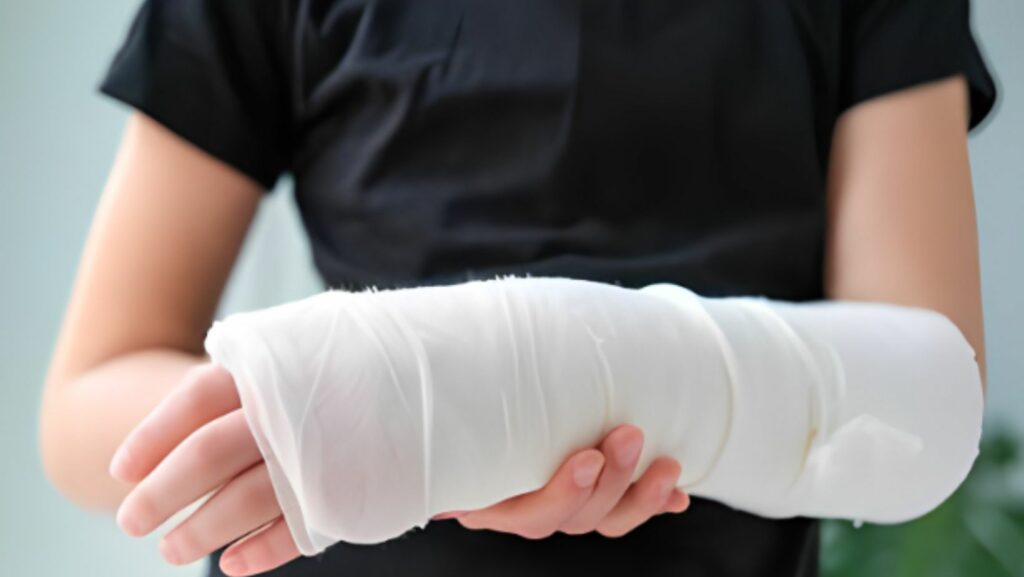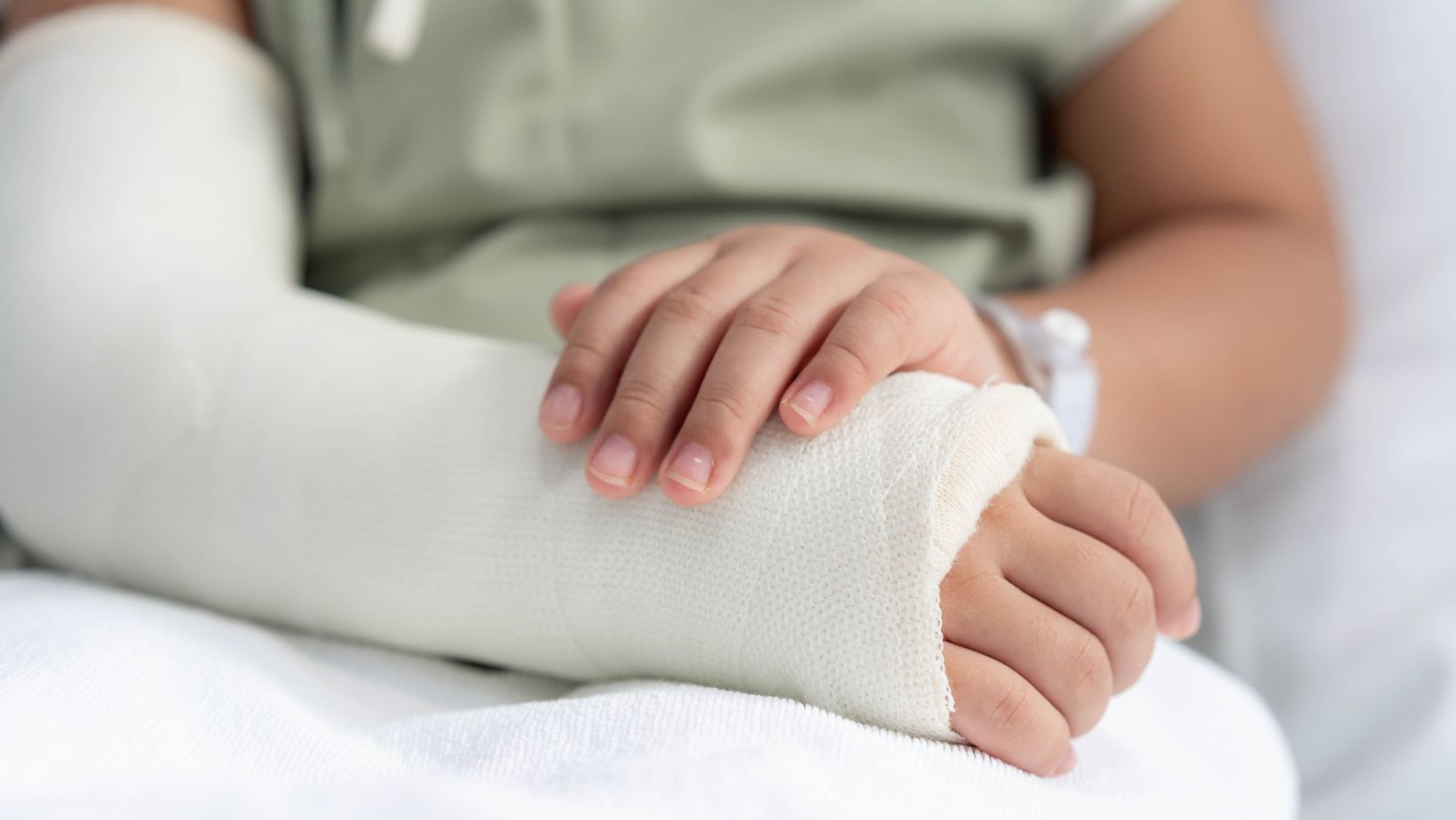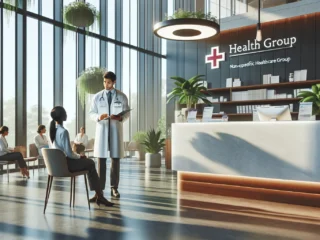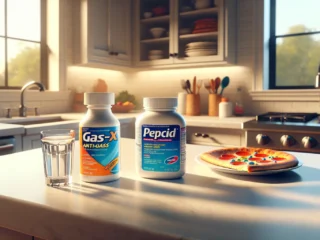
Fracture is one of the common types of injury, and yet, not all fractures always heal in the right manner. Malunion and nonunion fractures are very burdensome for both patients and their healthcare providers. When bones are not able to heal well, they bring about pain, impairment, and maybe severe medical treatment. This article will focus on the issues surrounding malunion and nonunion fractures, including their etiology, pathology, and the endurance race for recovery that patients typically embark on.
Understanding Malunion and Nonunion:
Malunion and nonunion fractures are abnormalities in normal bone healing. A crack in a bone goes through several processes – the initial one being inflammation, followed by soft cast forming and hard cast forming, with the last one being the remodeling of the whole bone. Malunion is the abnormal union of a fracture that takes place in an improper position, resulting in deformity, functional limitation, and permanent pain. Then again, nonunion denotes a nonhealing fracture in a normal period.
Causes of Malunion and Nonunion:
Several factors influence malunion and nonunion fractures. Impediments of the normal healing process may include – poor blood supply to the fracture site, inadequate immobilization, infection, and the severity of the initial injury. Further, some diseases like diabetes and osteoporosis can weaken bones, causing the said complications.
The Consequences:
Malunion and nonunion fractures usually have far-reaching effects that go beyond pure physiological aspects. Chronic pain, limited mobility, and a decrease in quality of life are the general issues faced by patients.

The emotional impact can also be intense as people deal with agitation, fear, and acceptance to live unimaginably. These cases require special attention and a holistic approach to take into account not only the physical healing but also the emotional one.
Tailoring Treatment: Precision in Healing Strategies
According to Texas Joint Institute, the treatment plans for malunion and nonunion fractures, once diagnosed, require a delicate intervention tailored to the patient’s individual needs. The orthopedic specialists can work together during intervention planning that includes invasive procedures like osteotomy to realign the bones or accurate extraction from the scar tissues or by introducing bone grafts strategically for an enhanced healing process. For instance, additional complementary therapies such as regenerative medicine may be suggested with accuracy that the repair addresses not only the structural aspects of the bone but also the delicate and complex mechanisms that the injured body utilizes to heal itself. Healing is not directed to regain the functionality of the affected limb but rather is holistic and integrated.
Mind and Body: The Integral Connection in Recovery
The understanding that one’s mind cannot be separated from one’s body has led professionals to consider the psychological aspect to be just as important as medical procedures. Counseling and support groups ease the burden faced by patients who are facing complications arising out of malunion and nonunion fractures; this creates a sense of community among patients who understand each other. Mindfulness as a whole, with customized psychological help, provides for the total health of these people during this complex way to recovery. Healthcare professionals recognize this important link between the mind and the body. This implies they treat not only the initial physical consequences of fractures but also lingering mental effects on the quality of life after the accident.
Prevention and Rehabilitation:
Another concern that requires equal focus relates to minimizing malunion and nonunion fracture complications. Appropriate early management, which involves correct immobilization and operation methods, can minimize the chances of malunion or nonunion. The development of rehabilitation techniques helps to strengthen the musculoskeletal system, restore normal bone metabolic processes, and prevent recurrence.
Conclusion:
The healing marathon for malunion and nonunion fracture is a journey full of commitment and toughness in which both patient and physician should work together closely. Each one of these steps in this marathon – accurate diagnosis from early recognition to personalized treatment plan towards rehabilitation and emotional support – is crucial.

The outlook for patients with malunion or nonunion fractures is gradually improving as medical knowledge, together with technology, continues advancing. A multiprong strategy is emphasized, encompassing all aspects of physical and emotional health. Here, patients stride toward recovery to cross the finish line of healing, emerging stronger and more resilient.












